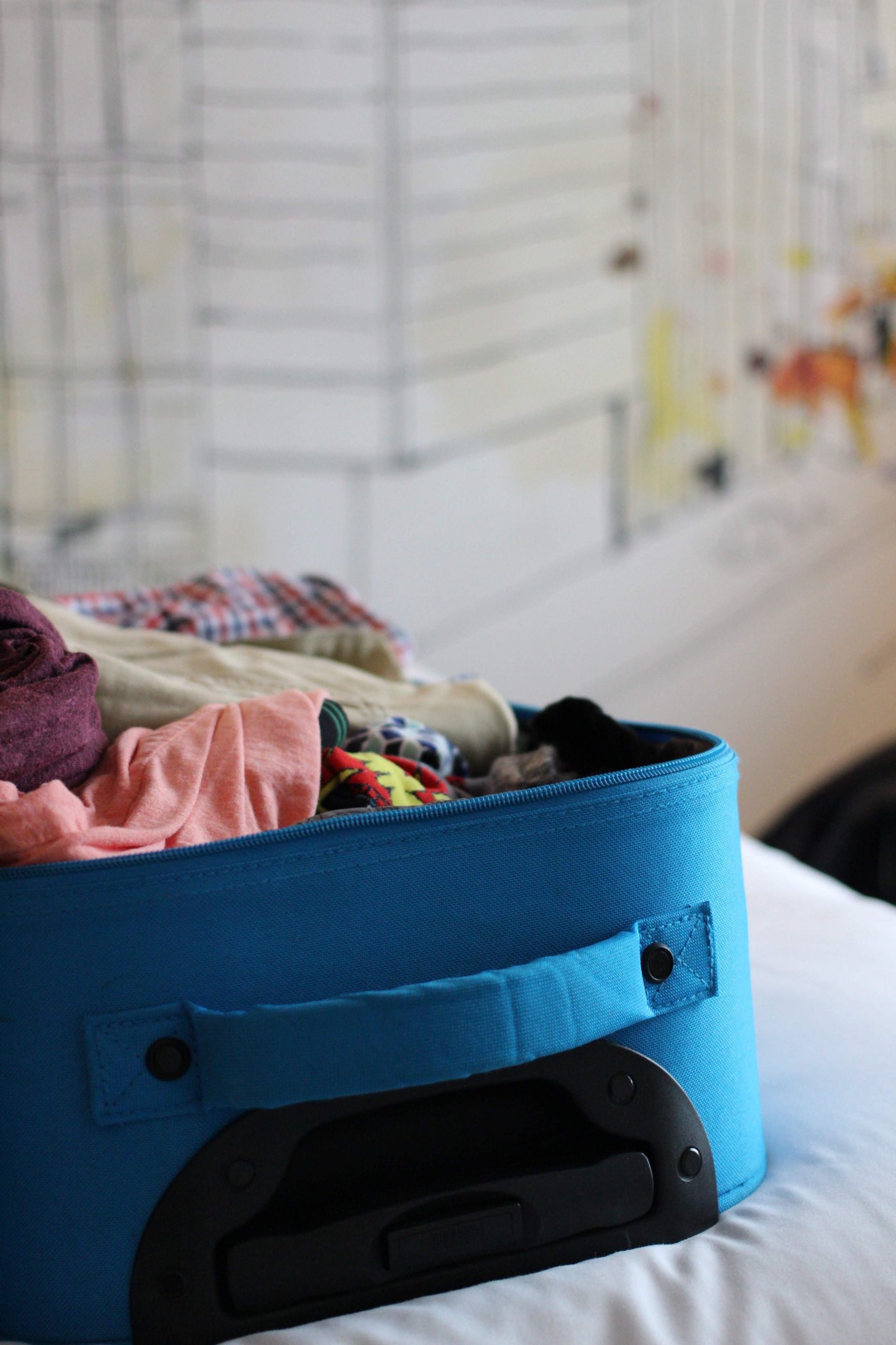Sleep: A Casualty of Technology
Harnessed electricity is so ubiquitous in our culture it takes a robust act of imagination to picture a world without it. It’s hard to believe that only a hundred fifty years ago, a mere blip in human evolution, people still relied primarily on sunlight by which to see during the day and for the fortunate few, candles by night. For most people, nighttime was for sleeping. What an ancient world that seems to be.
One of the most significant yet frequently unacknowledged adjustments we have made to widespread, inexpensive electricity involves changes in sleep. No longer constrained by darkness, we now face virtually unlimited alternatives to sleeping at night. Some of us work the night shift, others use the nighttime to catch up on work from the day, to send emails and communicate with people online, while others play games, see movies or socialize at bars and clubs. In all of these cases, it’s most often the quantity and quality of sleep that suffers.
Sleep Debt Defined
Most of us are carrying what scientists call a sleep debt. For example, let’s say you require 8 hours of sleep a night to feel rested and alert. If you sleep for seven hours, you carry one hour of sleep debt. For every hour of sleep debt you carry, the steeper the cost to your health. Oh, and by the way, these hours are cumulative! They don’t simply vanish over time. The only way to reduce your debt is to sleep more. Many studies have been done to evaluate the effects of sleep debt and the results are compelling, though not surprising. Our cognition suffers, as does our physical and psychological health. Insufficient sleep tends to exacerbate symptoms of psychological distress and compromises our ability to tolerate stress. By sleeping less, we may have more time to engage in alternatives, but they won’t be as rewarding or successful as they would be without sleep debt. You can measure your level of sleepiness and establish your ideal window of sleep by taking the Epworth Sleepiness Scale.
Managing Sleep Debt
How do we take back our sleep? One easy and highly effective tool I extracted from the book, The Promise of Sleep, by William Dement, M.D. is to maintain a sleep diary. In studies asking people to report how little or how much they slept the night before, people’s answers were far less accurate than they predicted. (p 336) That is not surprising given the fluctuating states of consciousness one experiences at night. Maintaining a simple sleep diary to record variables like hours slept, number of times waking up, and number of trips to the bathroom provides a richer, far more accurate understanding of your specific sleep patterns and habits that need attention. You can use this sleep diary template published by the National Institute of Health.
There are a variety of applications available for download on your smart phone that monitors your sleep in much the same way a sleep diary would. Many of these app’s purport to measure when and whether you were sleeping and how deeply you were sleeping throughout the night. It is beyond the scope of this article to assess the accuracy of these claims but given the pace of technological advancement and the scale of our society’s sleep problems, these apps represent an exciting shift in how we understand and prioritize sleep.












